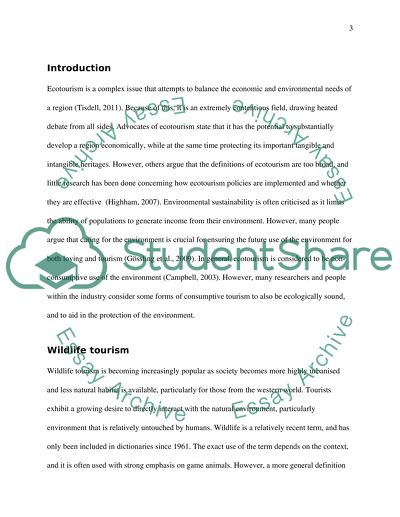Cite this document
(“Consumptive Tourism and Sustainability Essay Example | Topics and Well Written Essays - 2750 words”, n.d.)
Retrieved from https://studentshare.org/tourism/1396596-consumptive-tourism-and-sustainability
Retrieved from https://studentshare.org/tourism/1396596-consumptive-tourism-and-sustainability
(Consumptive Tourism and Sustainability Essay Example | Topics and Well Written Essays - 2750 Words)
https://studentshare.org/tourism/1396596-consumptive-tourism-and-sustainability.
https://studentshare.org/tourism/1396596-consumptive-tourism-and-sustainability.
“Consumptive Tourism and Sustainability Essay Example | Topics and Well Written Essays - 2750 Words”, n.d. https://studentshare.org/tourism/1396596-consumptive-tourism-and-sustainability.


